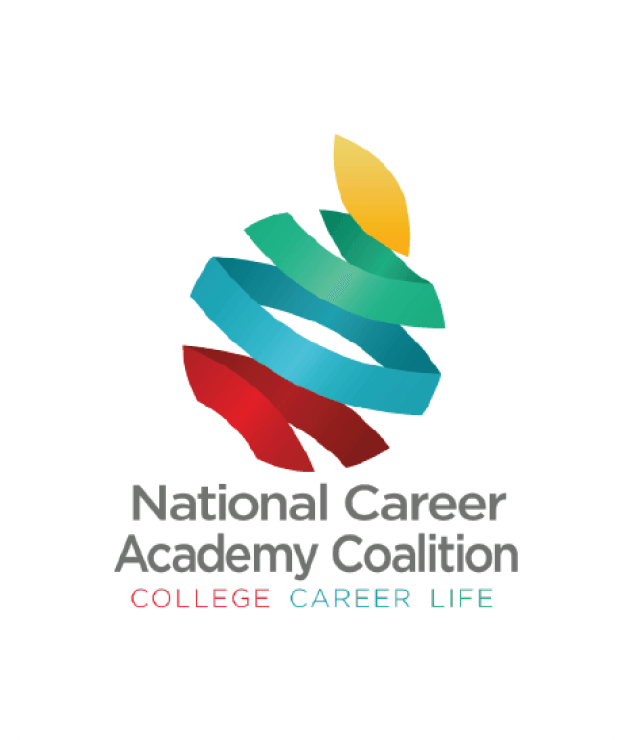Career Academies were first developed in 1969 and have been a growing presence in the US and abroad for the last twenty years. The proliferation of Career Academies, along with their continuing relevance to policy initiatives at the federal, state, and local levels, has been fueled in part by MDRC’s random assignment evaluation of the model and numerous studies showing an impact on academic, economic, workforce development, and social and emotional perspectives. These positive impacts occurred without any detrimental effects on education outcomes, such as high school graduation or postsecondary school enrollment.
Career academies are designed to prepare students for both college and careers. They are schools within schools that link students with peers, teachers, and community partners in a structured environment that fosters academic success. The career academy concept has three key elements:
Teams of teachers (grades 9–12 or 10–12) work across several academic and technical subjects, grouping students in cohorts for these classes and follow a program of study. At the same time, students can take AP classes, electives, and other electives that the school might offer.
The advisory board made up of local business and community partners helps to identify a sequential set of experiential components that show students the applications of academic subjects to the career and college field and deliver work-based learning experiences (e.g., shadowing, community service, mentoring, internships, and apprenticeships). The career theme can be any of the 16 in the national Career Clusters® taxonomy or variations on these (e.g., “green,” health sciences, media arts).
In 2004, NCAC led a group of organizations to develop ten standards to define a career academy and establish the characteristics of a high-quality academy. In 2010, a rubric based on the National Standards of Practice (NSOP) was created to aid implementation and monitor progress. Later, rubrics for freshman academies, middle schools, and elementary schools followed suit. NCAC regularly revises the NSOP based on input from the field.

Get a jump start in evaluating your current standing and potential areas for improvement.